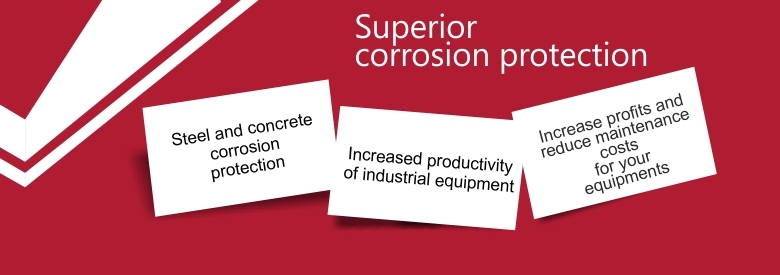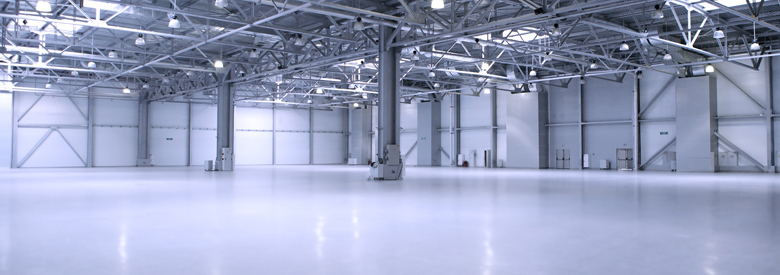Epoxy paint - application and features to prevent rust
The paint is based on two component epoxy liquid - and a hardener epoxy resin - mixing them immediately before application. Once applied, epoxy paint is tougher and resistant to abrasion than ordinary paints. Due to properties, epoxy paint is resistant to chemicals and is often used in industrial plants to ensure corrosion protection.
How do you apply the epoxy paint?
1.Substrate: preparing the surface by removing all imperfections from its level (usually by blasting process)
2.Surface preparation: clean the surface (fat, traces, substances, etc.)
3. Weather conditions: this is important in preventing damages in the application process or long-term effect, that is why it is necessary to measure the temperature and humidity
4. Application of paint: it is recommended to consult a specialist to obtain optimal results
5. The final control: surface must meet specified values, flawless
6. Health and environmental safety: it is important to respect the rules of the application process and those that are based on environmental impact
Preliminary phase - essentially refers to the appearance of the steel surface by blasting (dry sanding) and provides descriptions of degrees of purification. According to ISO 8501-1 there are four degrees of classification blasting process.
The particle size of the abrasive is also an important factor that affects the rate and efficiency of cleaning. In general terms, sanding smooth metal surface cleaning is effective in us, because the more complex procedures may be required for heavily corroded surfaces. Removing rust from steel with no roughness is made easier by blasting fine, depending on the state of the steel surface.
Types of contamination
There may be contamination by salts produced in the corrosion process. Old metal structures that are without roughness, are more likely to have ferrous sulphate and chloride salts of iron detained in areas without imperfections and its necessary to determine their presence.
In general terms, the salts are commonly called "soluble iron corrosion products" and can sometimes be seen with a magnifying glass. However, visual examinations are not always a reliable indicator, a number of chemical tests have to be developed to detect their presence.
After manualy / mechanical removing rust or by blasting, it is necessary to verify the required level of cleanliness, the extent to which this has been achieved in relation to the relevant standards. Steel abrasive blasting profile can be assessed by reference to visual comparison or by use of surface profile - replica or strip gauges to ensure that it is neither too soft nor too harsh for application protection. Generally, for mild blast cleaned surfaces, its indicated to apply a thin layer of paint.
The main segments of epoxy paint
The main components of paint are binder, pigment and solvent. Each component has a specific function and effect on the formation and properties of the surface.
Pigments - Pigments are finely ground organic or inorganic powders which provide color, opacity, cohesive film and sometimes corrosion inhibition.
The binder - binders are usually resins and oils, but can be inorganic compounds such as soluble silicates. The binder is the element thar forms the paint film.
The solvent - or solvents are used to dissolve the glue or may act as a dispersant to facilitate painting. The solvents are normally organic liquids or water.
As the solvent evaporates, the surface formation occurs, leaving the binder and pigment on a dry surface. The thickness of this surface can be measured, usually with an index of electromagnetic induction.
Environmental protection
In addition to corrosion protection requirements, increasing pressure has been introduced legislation on the use of epoxy paints and varnishes that are 'green' and thus minimizes environmental impact. For the project are products that do not contain large amounts of organic solvents and other toxic or harmful substances.
We will be delighted to offer you additional information about corrosion protection using epoxy paint. Contact us and we'll give you free consulting for your project.














